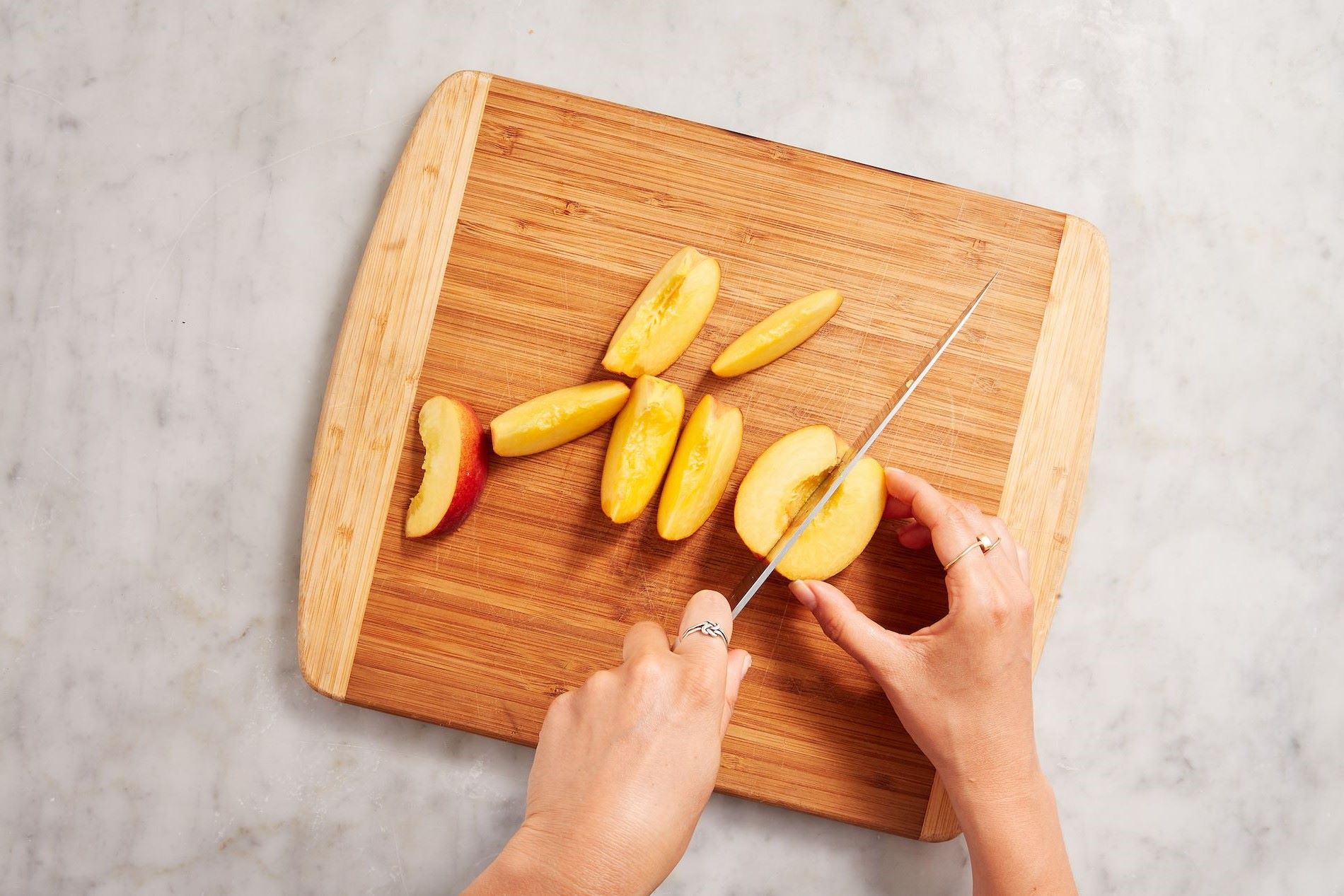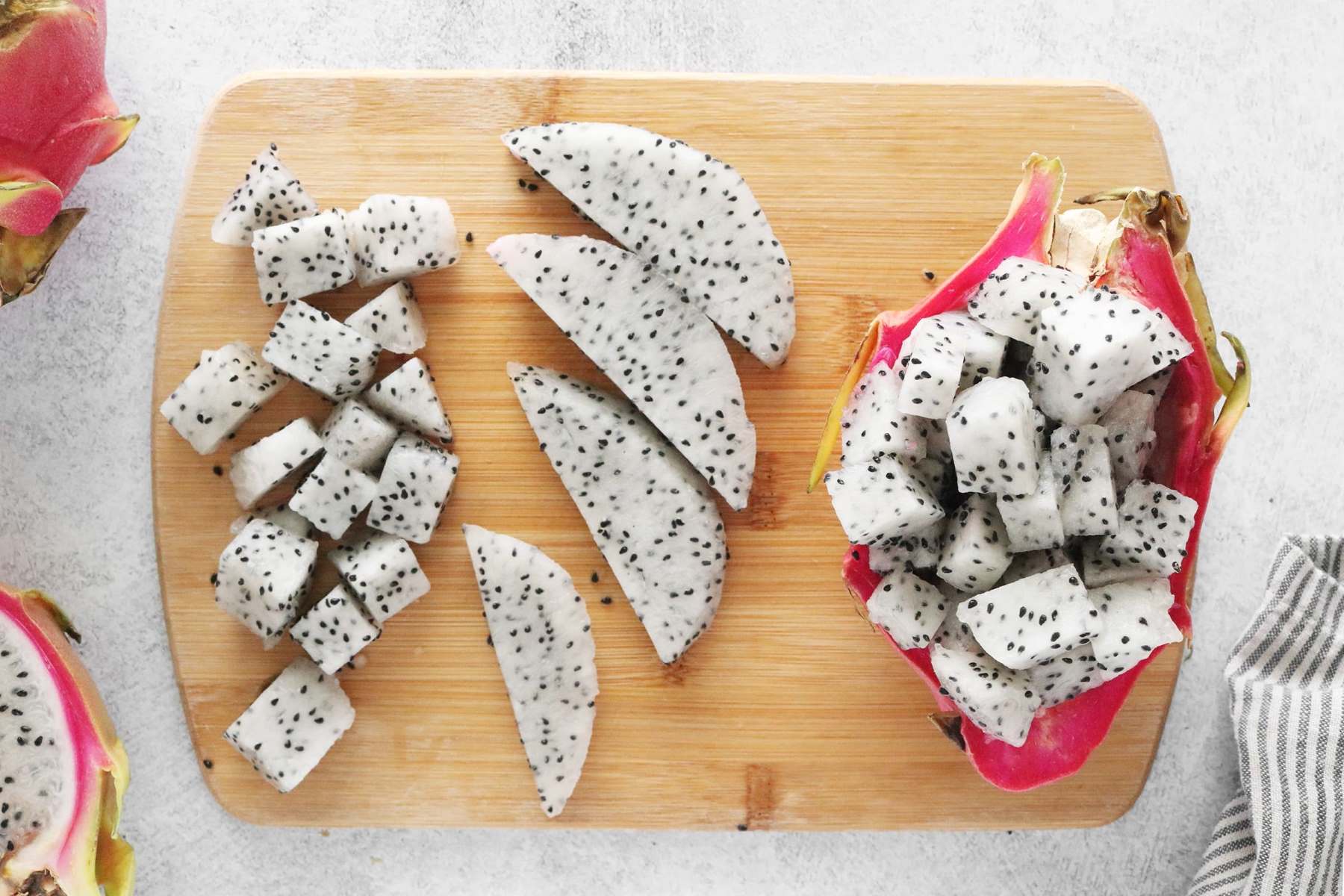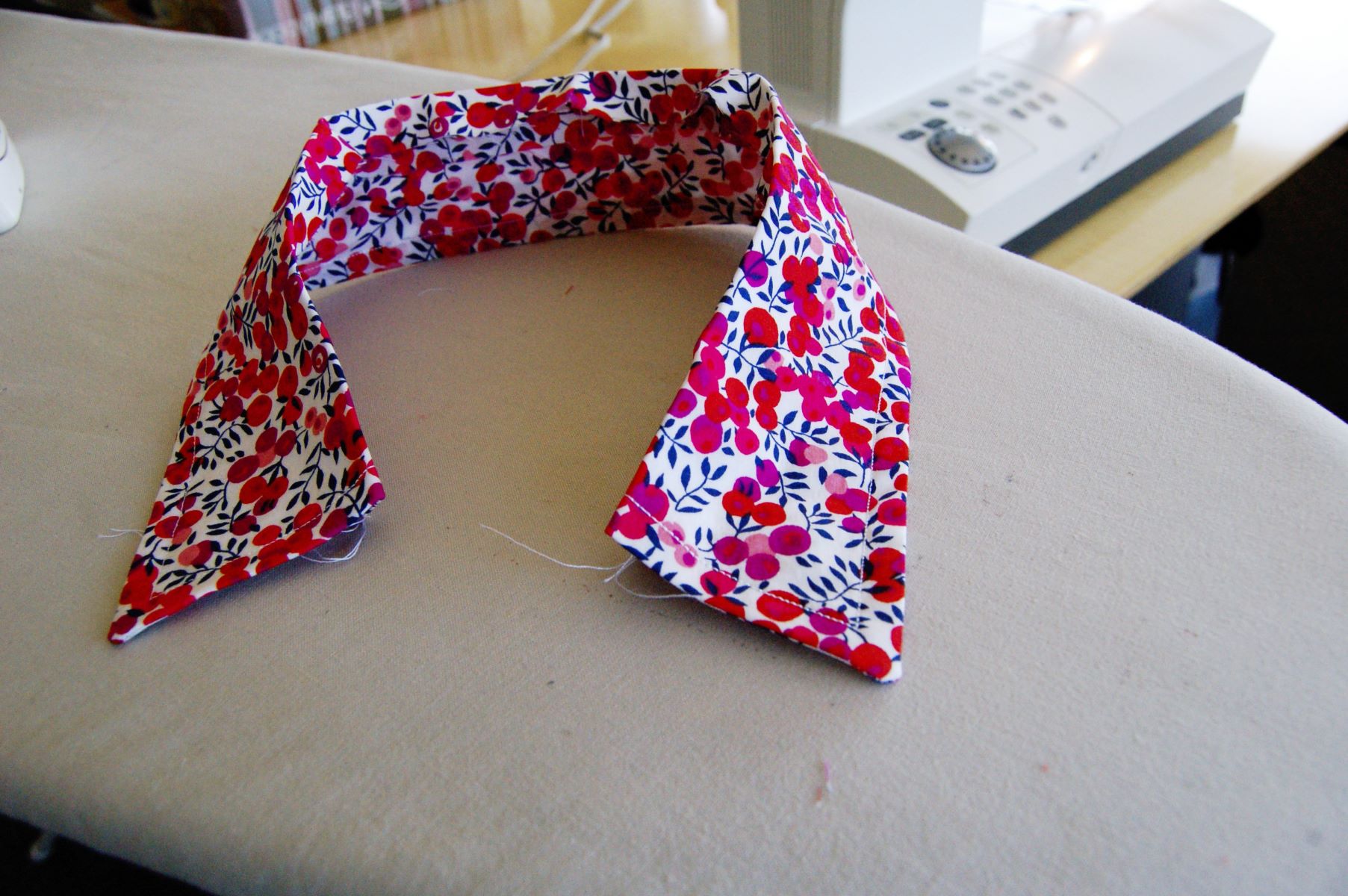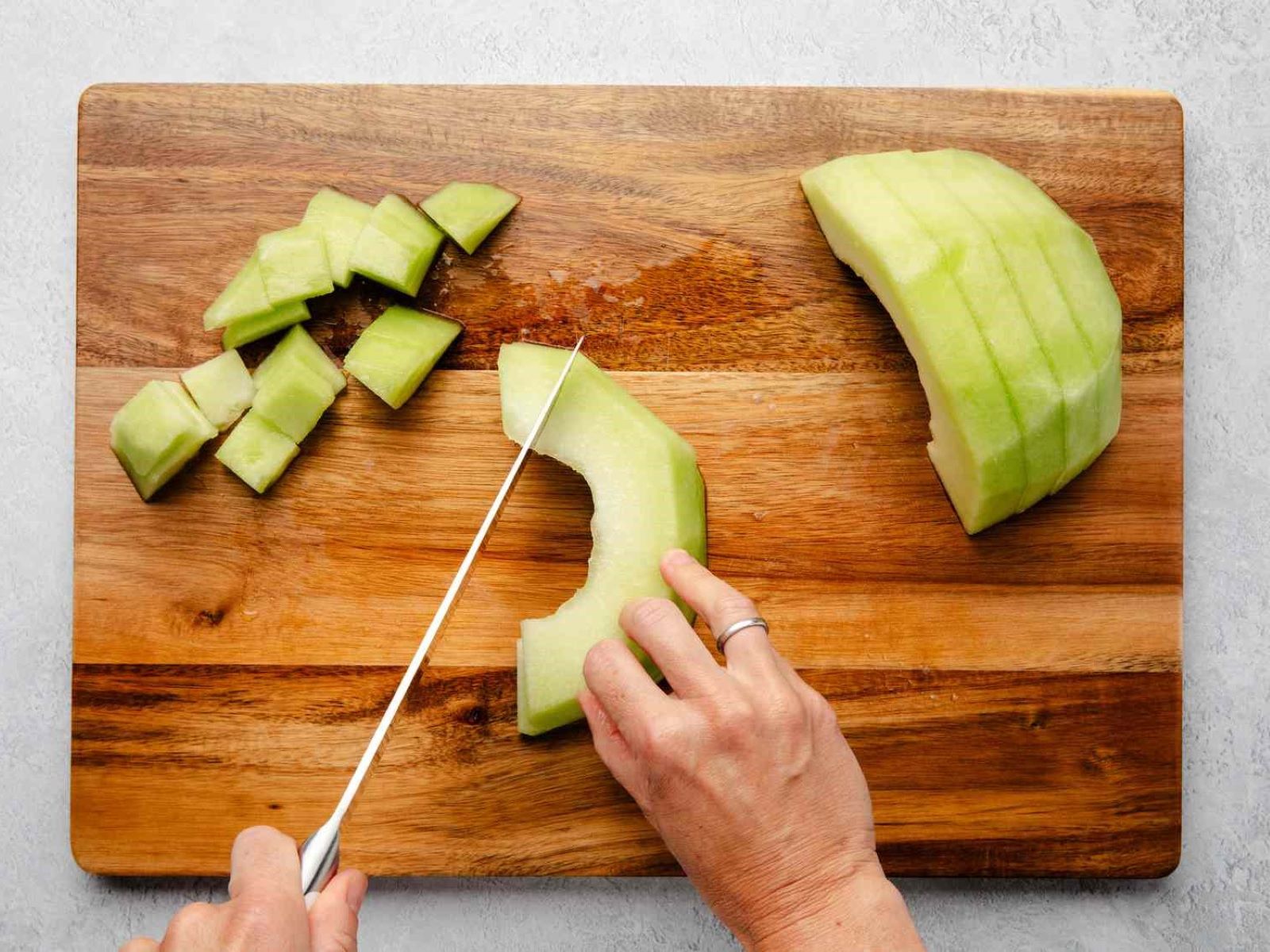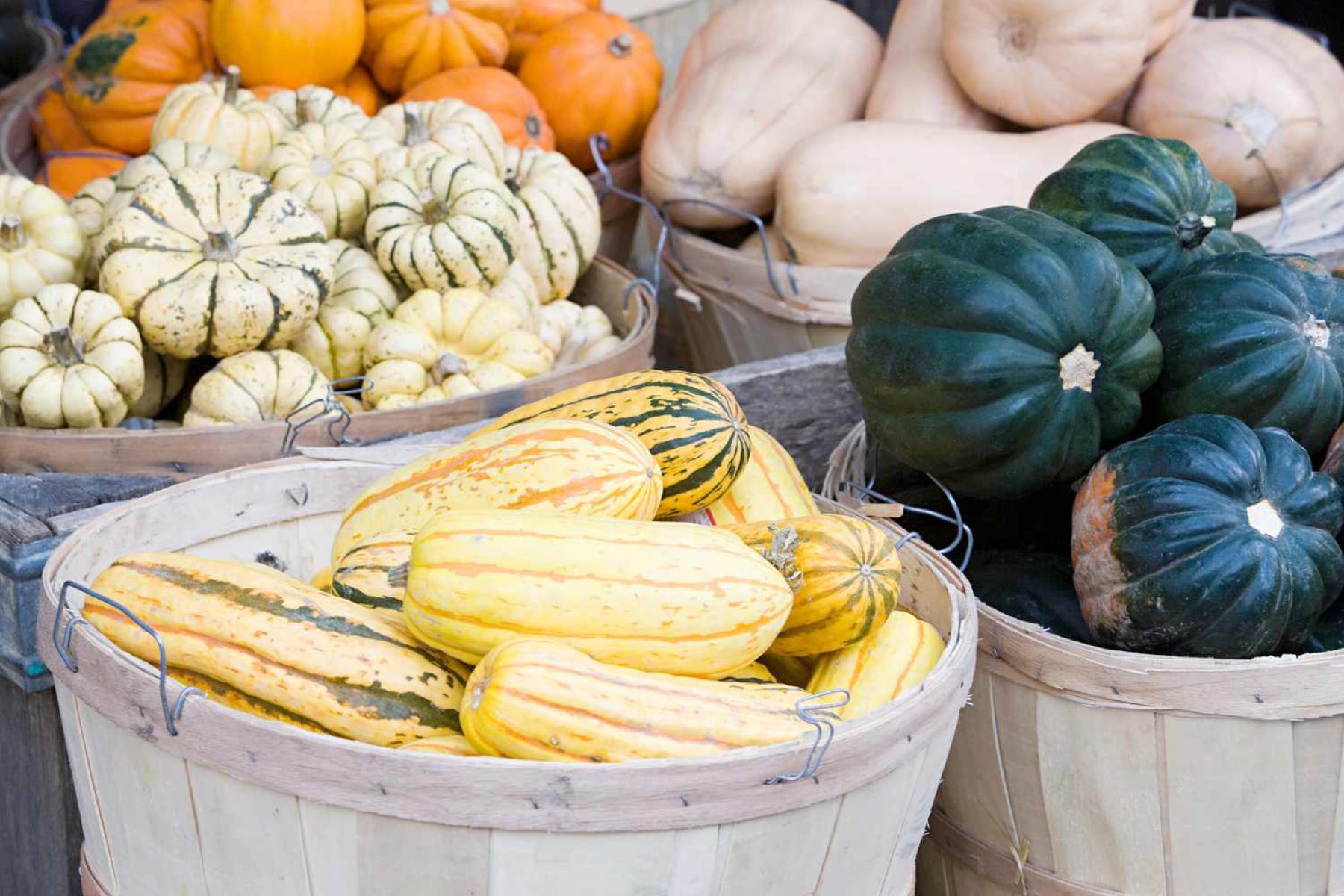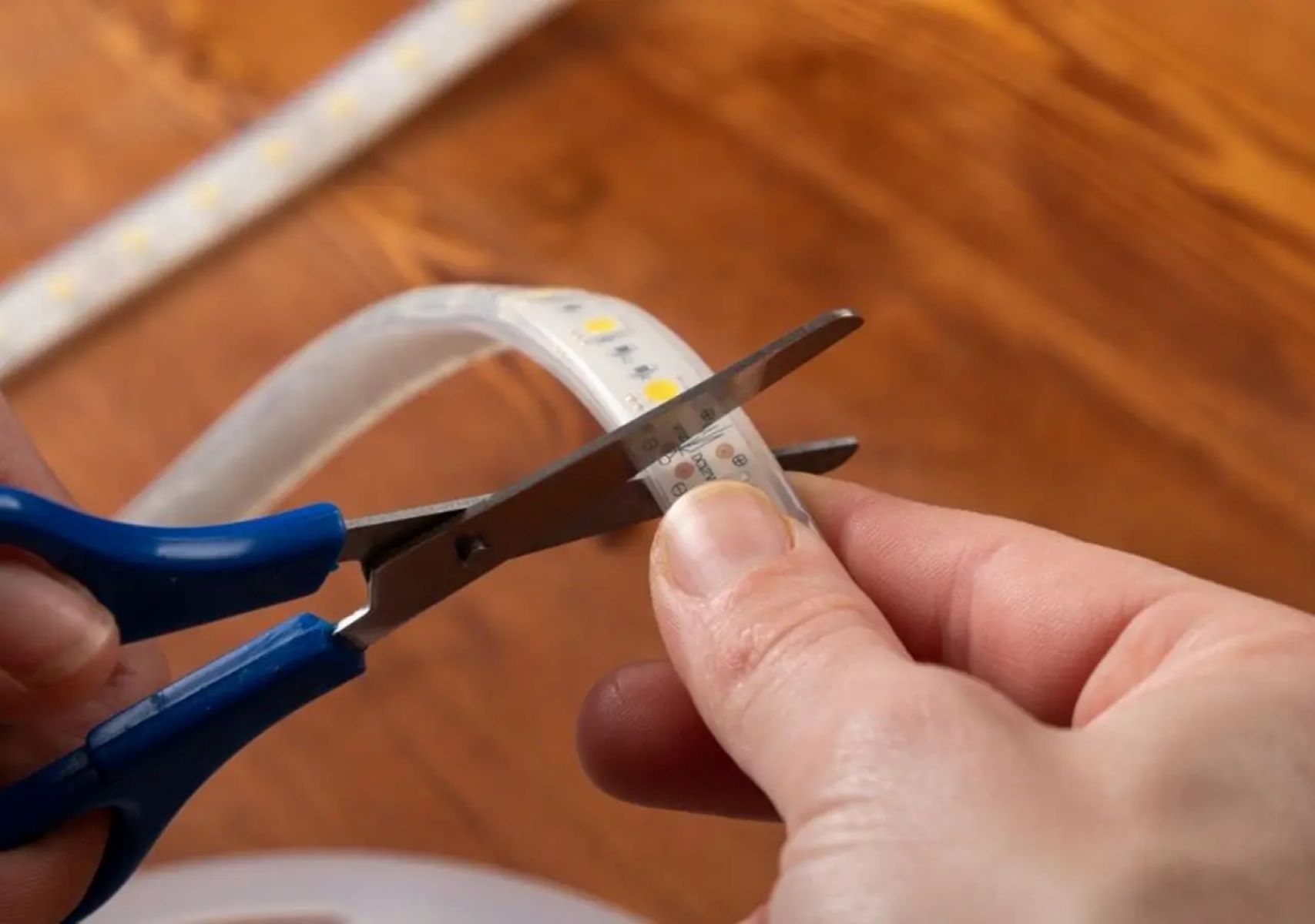Home>Food and Cooking>How To Cut Spaghetti Squash
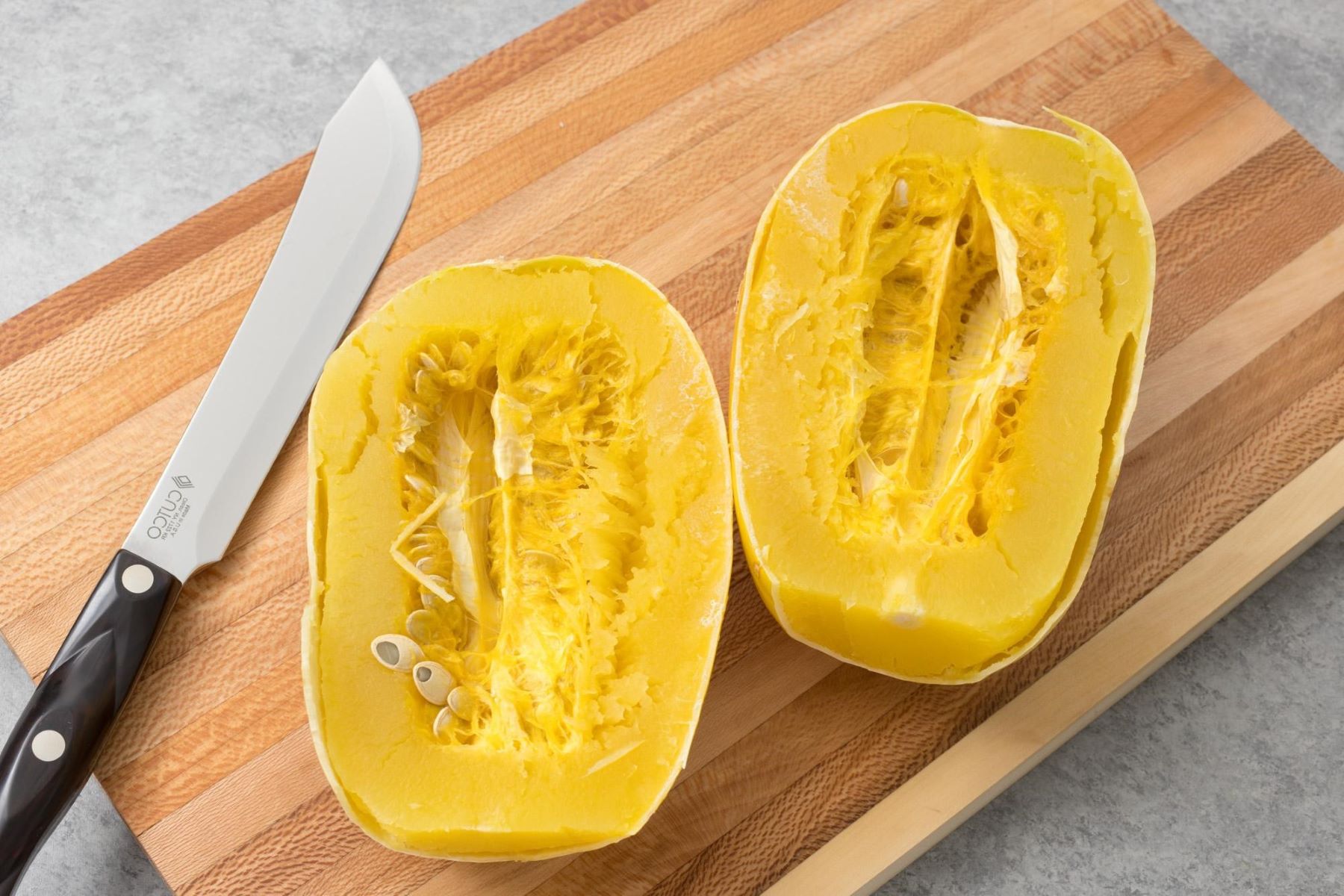

Food and Cooking
How To Cut Spaghetti Squash
Published: February 28, 2024
Learn how to cut spaghetti squash with ease and create delicious, healthy meals. Discover essential tips and techniques for food and cooking enthusiasts.
(Many of the links in this article redirect to a specific reviewed product. Your purchase of these products through affiliate links helps to generate commission for Regretless.com, at no extra cost. Learn more)
Table of Contents
Introduction
Spaghetti squash, also known as vegetable spaghetti, is a versatile and nutritious vegetable that has gained popularity for its unique stringy texture, which resembles spaghetti noodles when cooked. This winter squash variety is not only delicious but also low in calories and packed with essential nutrients, making it a fantastic alternative to traditional pasta for those seeking a healthier lifestyle.
When it comes to preparing spaghetti squash, the first and most crucial step is cutting it open to reveal the golden, noodle-like strands hidden within. However, cutting through the tough outer shell of a spaghetti squash can be a daunting task for many home cooks. In this article, we will explore the step-by-step process of cutting a spaghetti squash with ease, allowing you to enjoy this delectable vegetable without any hassle.
Whether you are a seasoned home chef or a novice in the kitchen, mastering the art of cutting spaghetti squash will open up a world of culinary possibilities. From savory pasta dishes to mouthwatering casseroles and salads, the versatility of spaghetti squash makes it a valuable addition to any kitchen. By learning the proper techniques for preparing and cutting this remarkable vegetable, you can elevate your cooking skills and create wholesome, flavorful meals that will delight your taste buds and nourish your body.
In the following sections, we will delve into the essential aspects of handling spaghetti squash, including selecting the right squash, preparing it for cutting, and exploring various cooking options. By the end of this article, you will feel confident and empowered to tackle the task of cutting spaghetti squash, unlocking its culinary potential and adding a delightful twist to your favorite recipes. So, let's embark on this culinary journey and discover the art of preparing and cutting spaghetti squash like a pro!
Read more: How To Freeze Squash
Choosing the right spaghetti squash
Selecting the perfect spaghetti squash is the first step towards creating a delightful culinary experience. When choosing a spaghetti squash, look for one that is firm, heavy for its size, and free from any soft spots or blemishes. The outer shell should have a uniform, pale yellow color, with no signs of discoloration or mold. Additionally, the stem should be intact, as a missing or damaged stem may indicate that the squash is past its prime.
Size can also play a role in your selection. While spaghetti squash typically range from 2 to 5 pounds, opting for a medium-sized squash is often a safe bet. A medium-sized squash is easier to handle and tends to have a good balance of flavor and texture. However, larger squashes can yield more strands, making them ideal for larger meals or batch cooking.
Another important consideration is the shape of the squash. Look for one that is oblong and slightly oval, as this shape often indicates that the squash has matured properly and will contain a generous amount of flavorful flesh. Avoid squashes with a flattened or irregular shape, as they may not provide the best texture or flavor.
When shopping for spaghetti squash, it's beneficial to visit a local farmers' market or grocery store with a reputation for fresh produce. By doing so, you can ensure that you are selecting a high-quality squash that is at the peak of its freshness and flavor. Additionally, supporting local growers and suppliers can contribute to a more sustainable and environmentally friendly food system.
By carefully choosing the right spaghetti squash, you set the stage for a delightful culinary experience. The quality and freshness of the squash will significantly impact the flavor, texture, and overall enjoyment of your dishes. With a firm, vibrant spaghetti squash in hand, you are ready to embark on the next steps of preparing and cutting this remarkable vegetable, unlocking its culinary potential and adding a delightful twist to your favorite recipes.
Preparing the squash for cutting
Before diving into the process of cutting a spaghetti squash, it's essential to prepare the vegetable to ensure a smooth and safe cutting experience. Preparing the squash involves a few simple yet crucial steps that will make the subsequent cutting process more manageable and efficient.
To begin, thoroughly wash the exterior of the spaghetti squash under running water to remove any dirt or debris that may have accumulated during storage or transportation. Using a produce brush can help scrub away stubborn particles and ensure that the squash's surface is clean and ready for preparation.
Once the squash is clean, carefully dry it with a clean kitchen towel or paper towel. Ensuring that the squash is dry will provide a better grip and prevent slippage during the cutting process, reducing the risk of accidents or injuries.
Next, using a sharp chef's knife and a stable cutting board, carefully trim off the stem and blossom ends of the squash. This step creates a stable base for the squash, allowing it to sit securely on the cutting board without wobbling. Additionally, removing the stem and blossom ends makes it easier to cut through the tough outer shell of the squash, streamlining the subsequent cutting process.
After trimming the ends, consider making shallow, lengthwise cuts along the squash's surface. These shallow cuts serve as guidelines for the subsequent halving process, making it easier to achieve a clean and even cut. While not mandatory, these initial incisions can provide added precision and control when dividing the squash.
Finally, take a moment to assess the stability of the squash on the cutting board. If necessary, use a kitchen towel or nonslip mat to secure the squash and prevent it from shifting during the cutting process. Ensuring that the squash is stable and firmly positioned on the cutting board is essential for safety and precision when cutting through its tough outer shell.
By following these preparatory steps, you can set the stage for a successful and stress-free cutting experience. With a clean, dry, and stable spaghetti squash ready for the next steps, you are well-prepared to proceed with confidence and precision, unlocking the culinary potential of this remarkable vegetable.
Preparing the squash for cutting is a crucial step that sets the foundation for a seamless and enjoyable cooking experience. With the squash properly prepped and ready for cutting, you are now poised to embark on the next phase of this culinary adventure, where you will master the art of cutting a spaghetti squash with ease and confidence.
Cutting the squash in half
Once the spaghetti squash is properly prepared and ready for cutting, the next crucial step is to halve the vegetable to reveal its vibrant, golden interior. This process requires precision, a steady hand, and the right technique to ensure a clean and effortless cut.
To begin, position the prepared spaghetti squash horizontally on the cutting board, with the trimmed ends facing the left and right sides. Using a sharp chef's knife, carefully insert the tip of the knife into the center of the squash, just above the stem end. With a gentle rocking motion, apply even pressure to the knife, gradually guiding it downward to initiate the cut. It's important to maintain a firm grip on the squash and exercise caution to prevent slippage or instability during the cutting process.
As the knife progresses through the tough outer shell of the squash, continue applying steady pressure and a rocking motion to create a straight, even incision. The goal is to cut through the entire length of the squash, dividing it into two equal halves. By maintaining a consistent cutting pace and angle, you can achieve a clean and precise cut, revealing the vibrant flesh and stringy interior of the spaghetti squash.
Upon completing the initial incision, gently rotate the squash and continue guiding the knife along the same path, ensuring that the cut extends through the entire circumference of the vegetable. As the knife meets the starting point, exert a slightly firmer pressure to complete the cut, separating the squash into two halves. Exercise patience and control during this process, as a steady and deliberate approach will yield optimal results.
With the squash successfully halved, take a moment to admire the beautiful sight of the exposed interior, with its intricate pattern of seeds and vibrant flesh. The stringy, noodle-like strands nestled within the squash offer a tantalizing glimpse of the culinary possibilities that await.
As you marvel at the freshly halved spaghetti squash, take pride in your accomplishment and the skillful execution of this essential step. The evenly halved squash sets the stage for a myriad of culinary creations, from classic spaghetti squash pasta dishes to innovative recipes that showcase the vegetable's unique texture and flavor.
By mastering the art of cutting a spaghetti squash in half, you have unlocked the gateway to a world of culinary delights, where the vibrant, golden strands of the squash can be transformed into wholesome, flavorful meals that will captivate your senses and nourish your body.
With the squash expertly halved, you are now poised to explore the next phase of this culinary journey, where you will delve into the process of removing the seeds and pulp, paving the way for the squash to be transformed into a delectable canvas for your culinary creations.
Removing the seeds and pulp
After successfully halving the spaghetti squash, the next essential step in the preparation process is removing the seeds and pulp from the interior of each half. This process not only ensures that the squash is ready for cooking but also allows for the creation of a clean, spacious cavity that can be transformed into a delightful vessel for a variety of culinary creations.
To begin, use a sturdy metal spoon to gently scoop out the seeds and stringy pulp from the center of each squash half. Start by inserting the spoon at the base of the cavity, near the blossom end, and carefully scrape along the length of the squash to loosen and remove the seeds and pulp. Exercise patience and precision during this step, ensuring that the spoon reaches the depths of the cavity to extract all the seeds and fibrous strands.
As you work through the cavity, continue to scoop out the seeds and pulp, periodically using the edge of the spoon to detach any stubborn strands that may cling to the interior walls. The goal is to create a clean, uniform cavity within each squash half, free from any residual seeds or fibrous material that could affect the texture and flavor of the cooked squash.
Once the majority of the seeds and pulp have been removed, take a moment to inspect the cavities and ensure that they are clean and ready for the next stage of the cooking process. Use the spoon to tidy up any remaining strands or debris, leaving behind a pristine interior that is primed for the next culinary transformation.
As you complete the process of removing the seeds and pulp, take pride in the meticulous care and attention to detail that has resulted in two beautifully prepared squash halves. The clean, spacious cavities are now poised to be filled with an array of delectable ingredients, from savory sauces and seasonings to an assortment of complementary vegetables and proteins.
With the seeds and pulp successfully removed, the spaghetti squash halves are now ready to embark on the final phase of their culinary journey, where they will be transformed through the art of cooking into a tantalizing array of dishes that celebrate the unique flavor and texture of this remarkable vegetable.
Read more: How To Cut Cabbage
Cooking options for spaghetti squash
Once the spaghetti squash has been expertly prepared and the seeds and pulp have been removed, a world of culinary possibilities unfolds, offering a diverse range of cooking options that showcase the unique flavor, texture, and versatility of this remarkable vegetable.
1. Roasting:
Roasting spaghetti squash is a popular cooking method that enhances its natural sweetness and yields tender, caramelized strands. To roast the squash, place the halves cut-side down on a baking sheet and roast in a preheated oven until the flesh is fork-tender. The resulting strands can be fluffed with a fork and served as a nutritious alternative to traditional pasta, paired with a variety of sauces and toppings.
2. Sautéing:
Sautéing the strands of spaghetti squash in a skillet with olive oil, garlic, and herbs creates a delightful, aromatic dish that can be served as a standalone side or as a base for a variety of culinary creations. The gentle sautéing process allows the strands to develop a golden hue and a rich, savory flavor, making them a versatile addition to stir-fries, casseroles, and more.
3. Stuffing:
The hollowed-out cavities of the spaghetti squash halves provide an ideal canvas for creative stuffing options. Whether filled with a savory mixture of vegetables, grains, and cheese or a protein-rich blend of ground meat and seasonings, the stuffed squash halves can be baked until tender, resulting in a visually stunning and flavorful dish that is sure to impress.
Read more: How To Cut Metal Roofing
4. Salad:
The cooked strands of spaghetti squash can be chilled and incorporated into vibrant, refreshing salads, adding a delightful crunch and a subtle sweetness to the mix. Combined with an assortment of fresh vegetables, herbs, and a zesty vinaigrette, the spaghetti squash strands elevate the salad to a satisfying and nutritious meal that is perfect for warm-weather dining.
5. Casseroles and Gratins:
Spaghetti squash serves as a fantastic ingredient in hearty casseroles and gratins, contributing its unique texture and mild flavor to the overall dish. Whether layered with creamy sauces, cheese, and vegetables or combined with a medley of complementary ingredients, the cooked squash strands add depth and character to these comforting, oven-baked creations.
6. Pasta Substitution:
One of the most popular uses for cooked spaghetti squash is as a wholesome substitute for traditional pasta. The tender, stringy strands can be paired with a variety of sauces, from classic marinara and pesto to creamy Alfredo, offering a lighter, gluten-free alternative that is both satisfying and nutritious.
By exploring these cooking options for spaghetti squash, you can unleash your culinary creativity and transform this humble vegetable into a diverse array of delectable dishes that cater to a range of tastes and dietary preferences. Whether roasted, sautéed, stuffed, or incorporated into salads and casseroles, spaghetti squash offers a delightful culinary journey that celebrates its unique qualities and enriches your dining experience.
Conclusion
In conclusion, mastering the art of cutting and preparing spaghetti squash opens the door to a world of culinary possibilities, allowing you to create wholesome, flavorful dishes that celebrate the unique qualities of this remarkable vegetable. From selecting the perfect squash to expertly halving, removing the seeds and pulp, and exploring various cooking options, each step in the process contributes to a rewarding and enriching culinary experience.
By carefully choosing a high-quality spaghetti squash, you set the stage for a delightful cooking adventure. The firm, vibrant squash serves as the foundation for a myriad of culinary creations, from classic pasta dishes to innovative recipes that showcase the vegetable's unique texture and flavor. Additionally, supporting local growers and suppliers by selecting fresh, locally sourced squash contributes to a more sustainable and environmentally friendly food system, enriching the overall culinary experience.
The preparatory steps, including washing, drying, and trimming the squash, are essential for ensuring a smooth and safe cutting experience. By meticulously preparing the squash, you lay the groundwork for a successful and stress-free cutting process, setting the stage for the subsequent culinary transformations that await.
Successfully halving the spaghetti squash and removing the seeds and pulp are pivotal steps that pave the way for a diverse range of cooking options. Whether roasting, sautéing, stuffing, incorporating into salads, or using as a pasta substitute, the cooked strands of spaghetti squash offer a versatile and nutritious canvas for culinary exploration. Each cooking method unlocks the unique flavor and texture of the squash, allowing you to create an array of dishes that cater to various tastes and dietary preferences.
In essence, the journey of preparing and cutting spaghetti squash is a celebration of culinary creativity and nourishment. It empowers home cooks and food enthusiasts to embrace the versatility of this remarkable vegetable, infusing their meals with wholesome, flavorful ingredients that delight the senses and nourish the body. By mastering the art of preparing and cutting spaghetti squash, you embark on a culinary adventure that transcends the boundaries of traditional cooking, offering a fresh perspective on wholesome, nutritious dining experiences.
